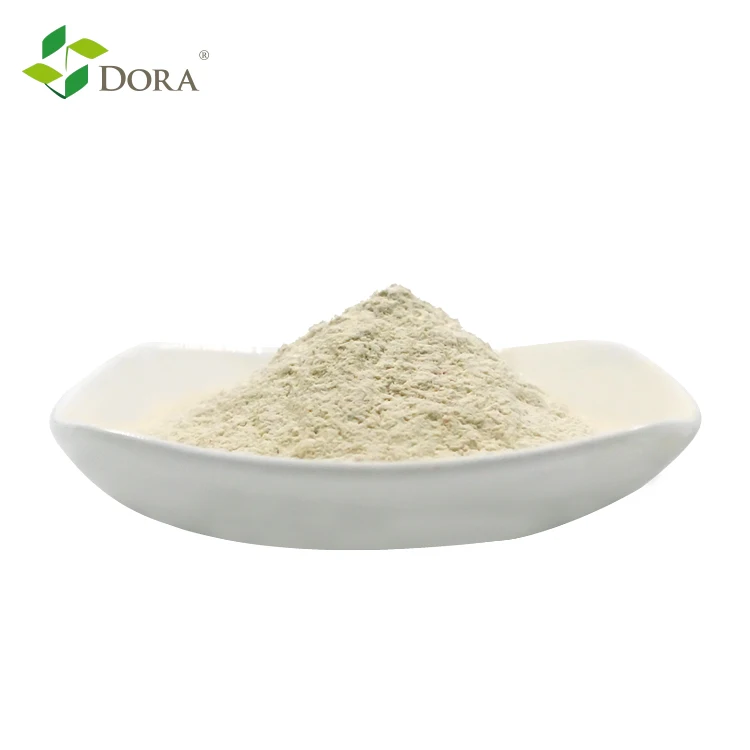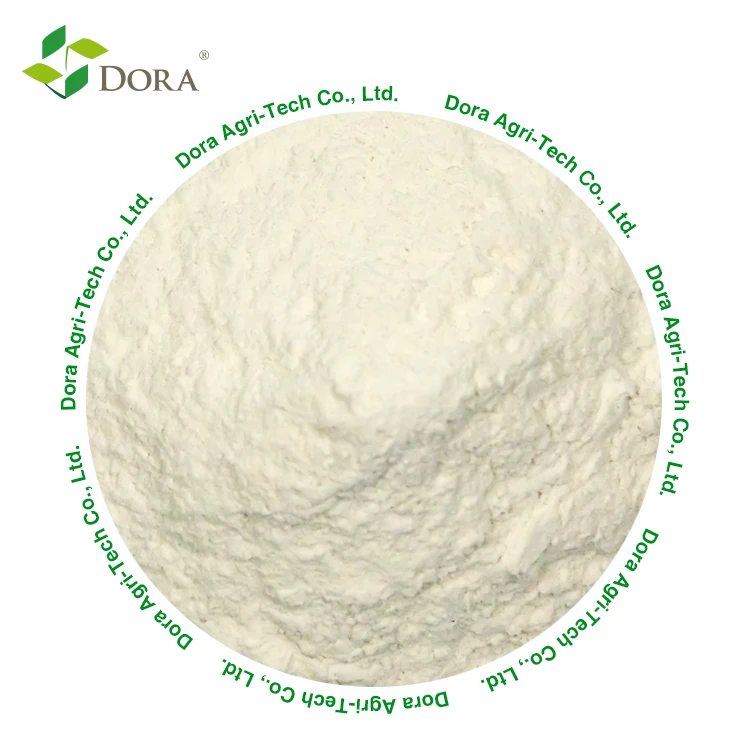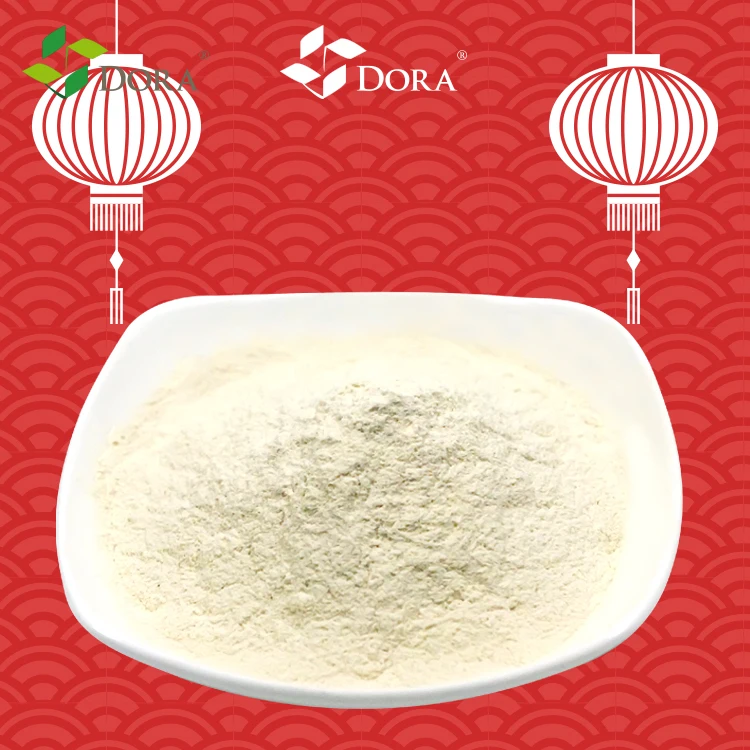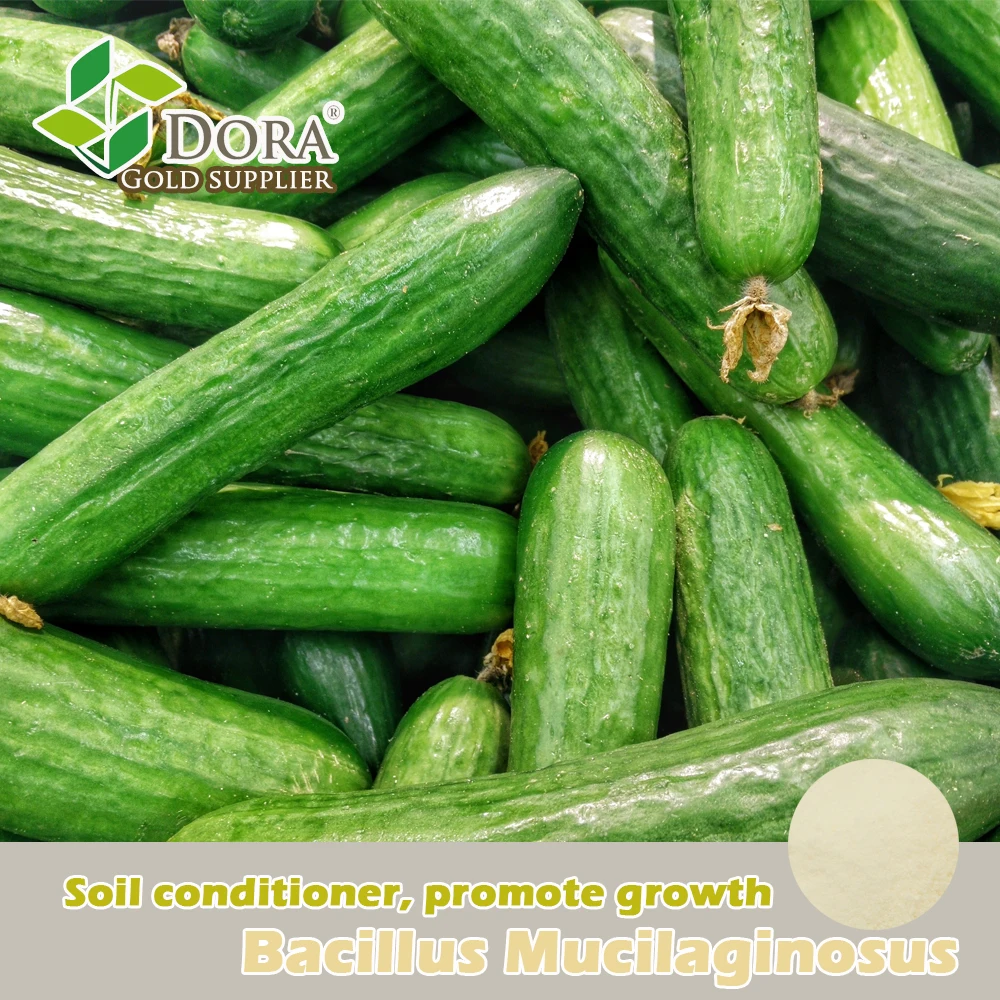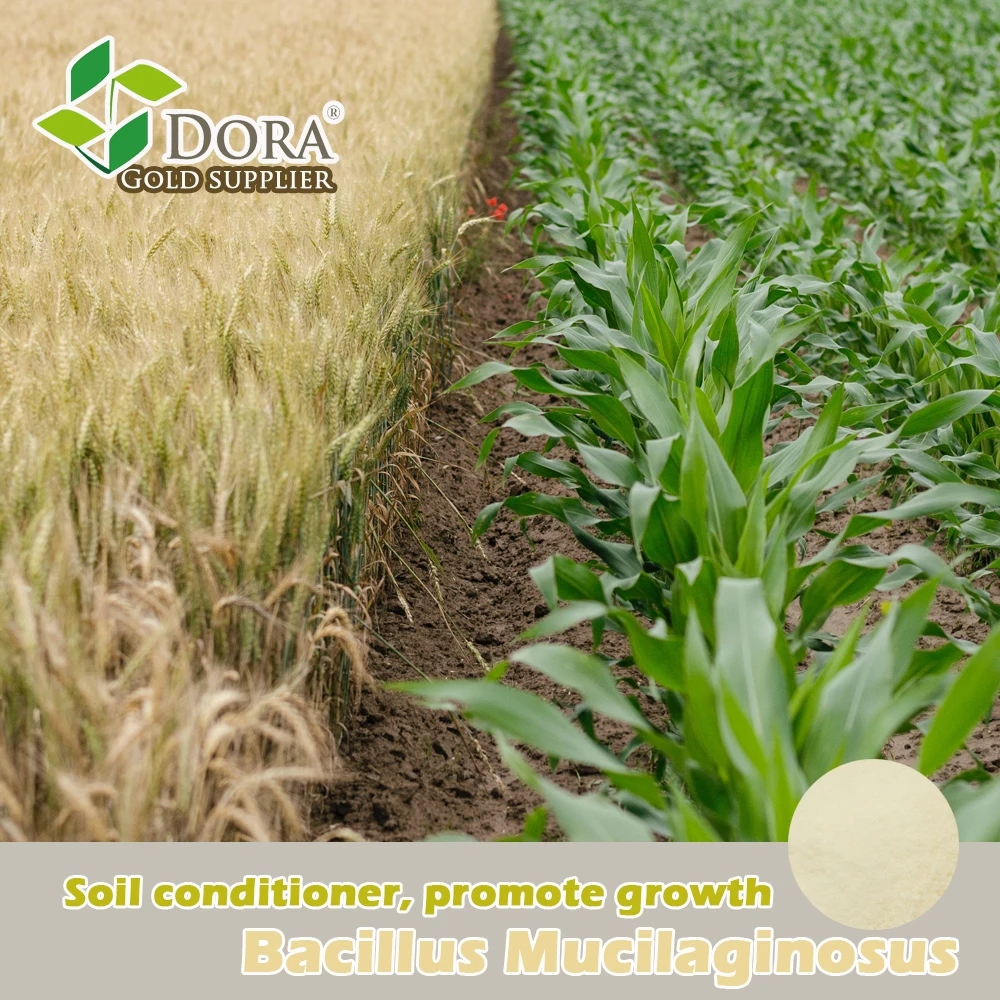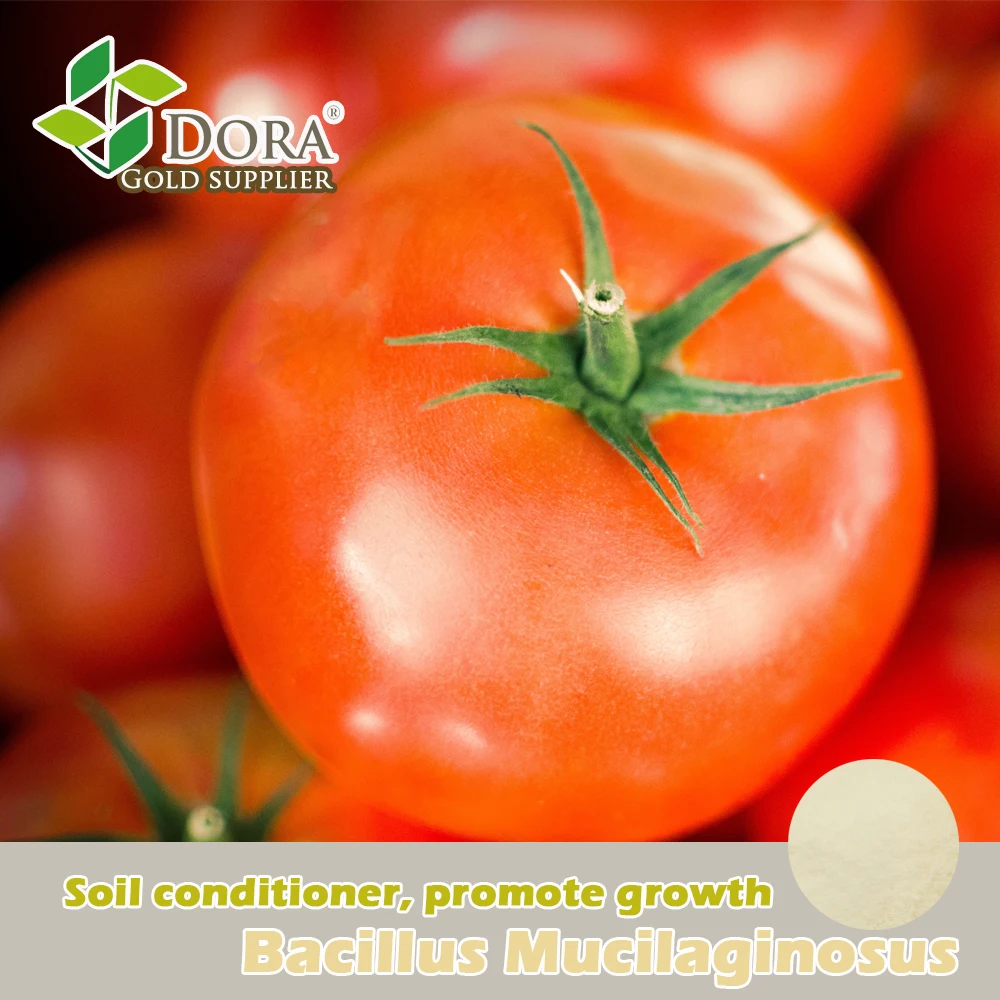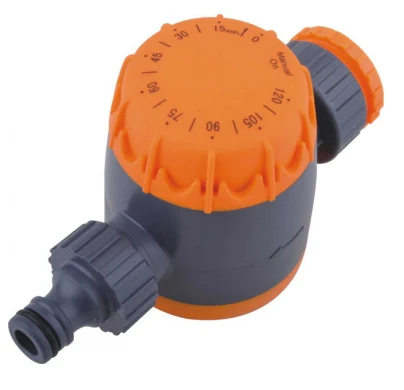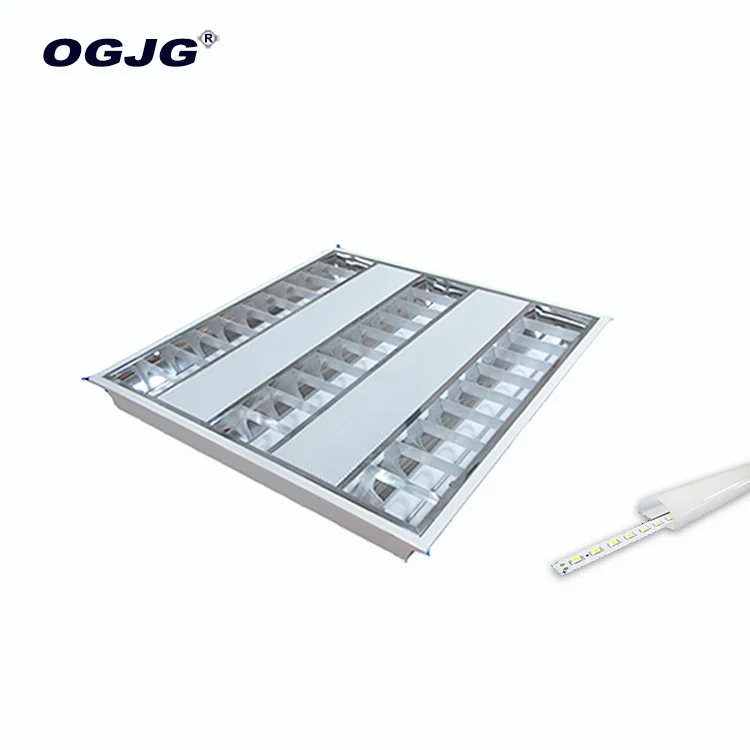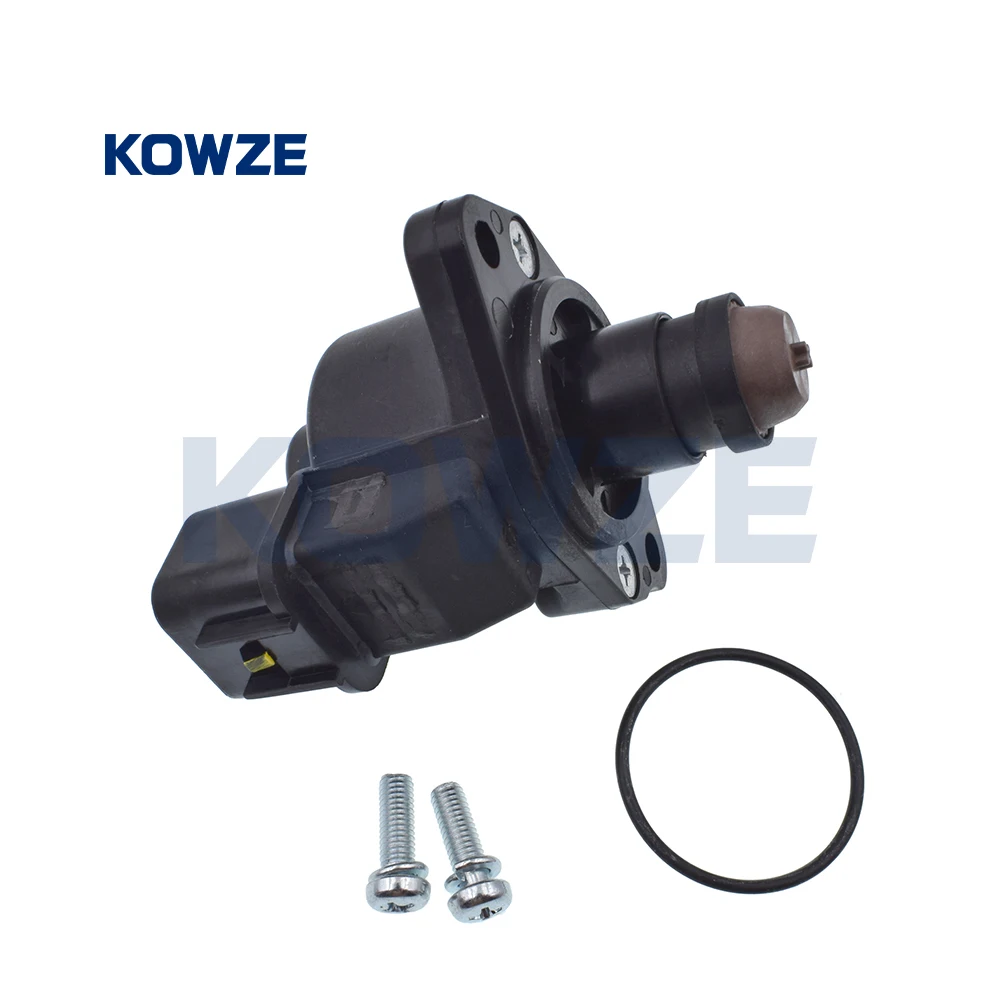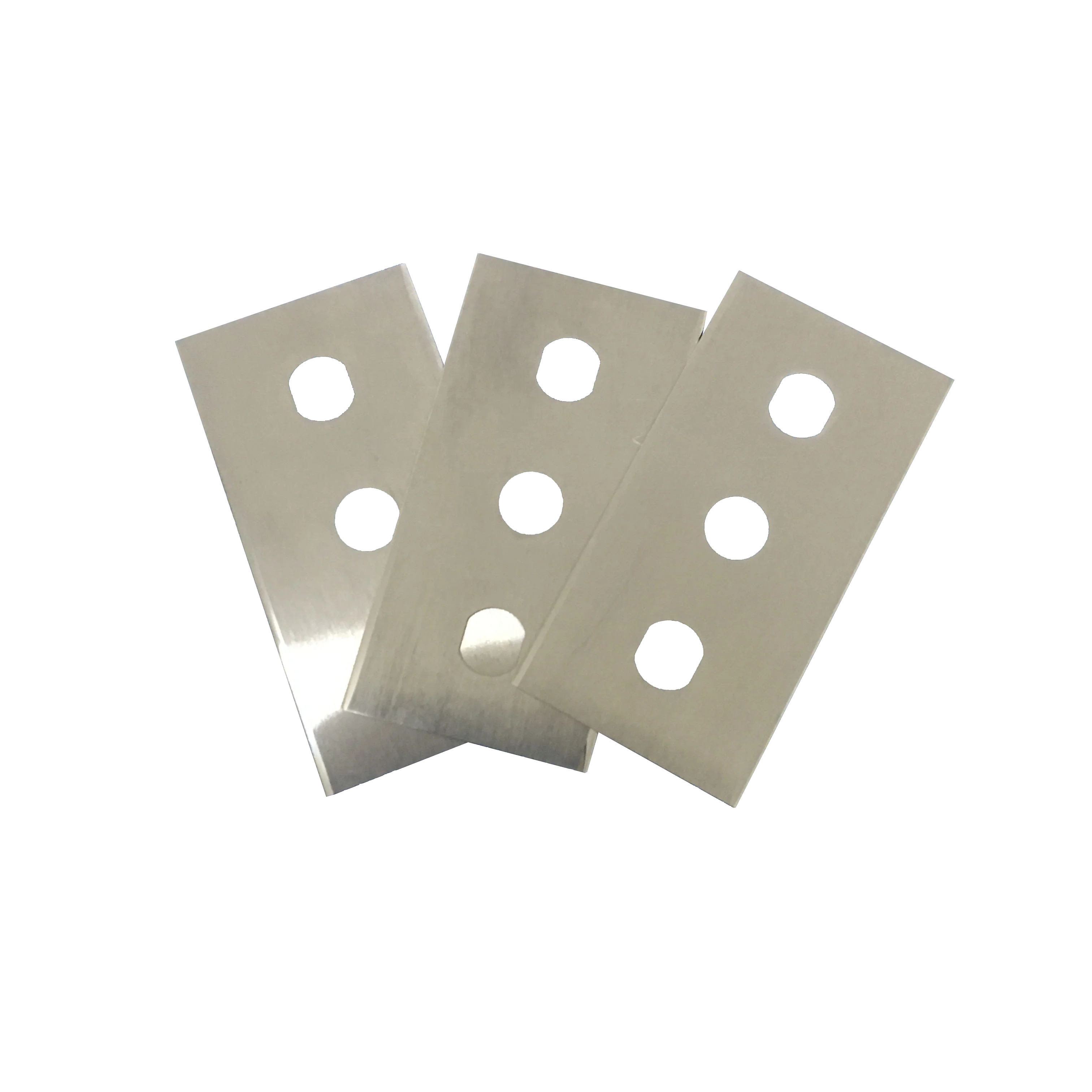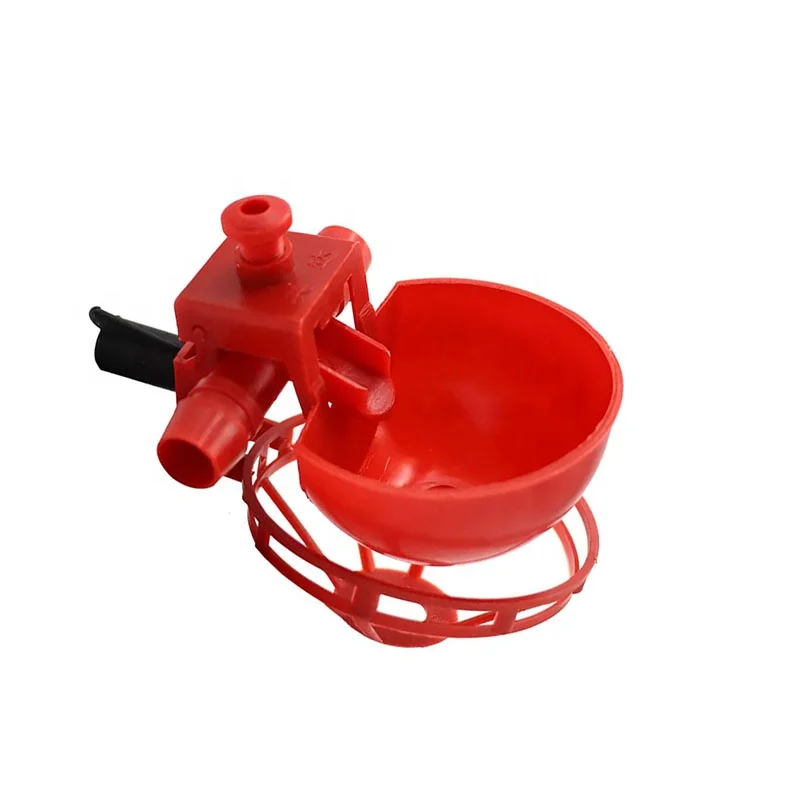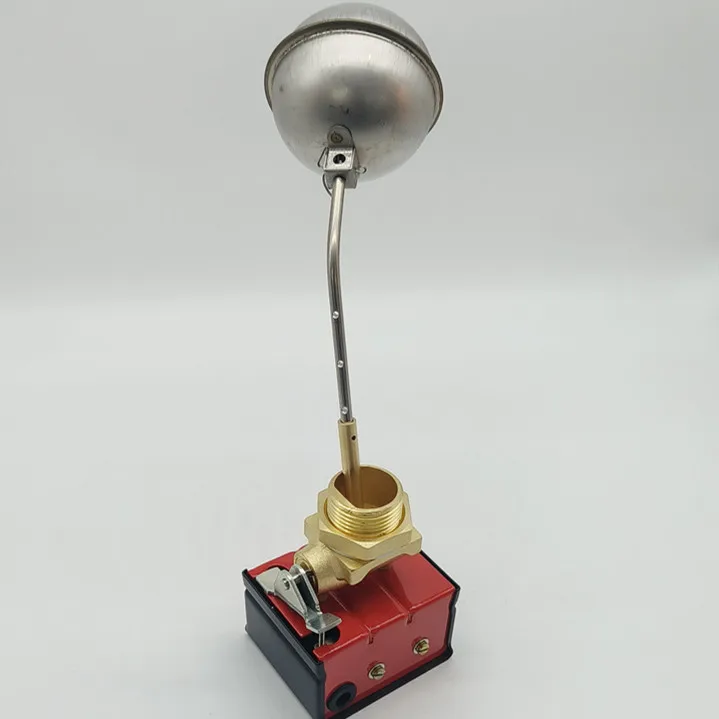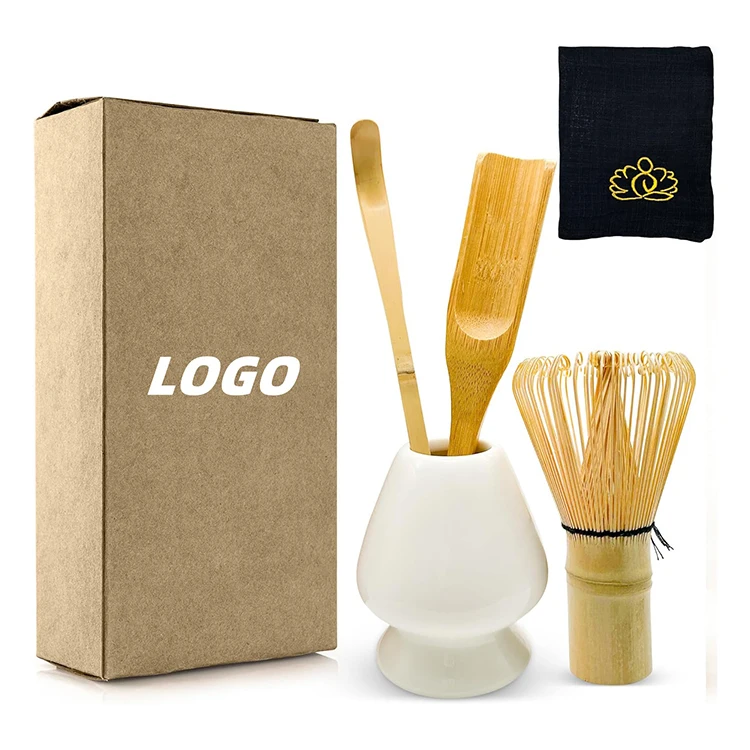Soil conditioner Nitrogen fixation Bacterial Fertilizer Dora Bacillus Mucilaginosus
- Category: >>>
- Supplier: Suzhou Dora Agri-Tech Co. Ltd.
Share on (60713377879):
Product Overview
Description
Soil conditioner - Nitrogen fixation - Bacterial Fertilizer - Dora Bacillus Mucilaginosus
 | Analysis | Results |
| Appearance | Light Yellow Powder | |
| pH | 5-8 | |
| Spores Count | ≥5.0 x 10^9CFU / G | |
| Ascaris Eggs Mortality | ≥95% | |
| Moisture | ≤10% | |
| Main Purpose | Loose Soil & Decompose K,P. | |
| Odor | Like Cocoa Smell |
Phosphorus is the energy element, essential to the chemistry of life. It is part of a molecule called ATP (adenosine tri-phosphate) that serves as the energy currency of plants. Energy from photosynthesis and respiration is temporarily stored in the high-energy phosphate bonds. When the phosphate bonds are broken, energy is released to activate a series of chemical reactions in plants.
If a plant doesn't receive adequate phosphorus, its energy needs can’t be fully met. The plant’s new growth will be stunted, both at the roots and at the shoots, and as phosphorus deficiency worsens, the plant will eventually shut down and die. An adequate amount of phosphorus is required throughout the entire life cycle of a plant, and lack of available phosphorus is often the limiting factor for plant growth.
Phosphorus is not very mobile in soil. It is easily adsorbed or locked up with other minerals, making it unavailable to plants. Very little plant-available phosphorus is actually dissolved in the soil solution. In fact, adsorbed phosphates on soil particles are often hundreds to thousands of times greater than phosphates in the soil solution. As a plant takes up the phosphates from the soil solution, the adsorbed phosphates slowly take their place, but they are sometimes not fast enough to meet the energy needs of the plants. Plants must have a steady supply of phosphorus from seed to harvest.
In nature, Bacillus Mucilaginosus helps plants take up phosphorus. The bacteria penetrates root cells and send out hyphae (thread-like structures), seeking out water and precious phosphorus in the surrounding soil and organic matter. The bacteria exude enzymes and organic acids to make the phosphorus soluble, then feed it to the roots of the plant.






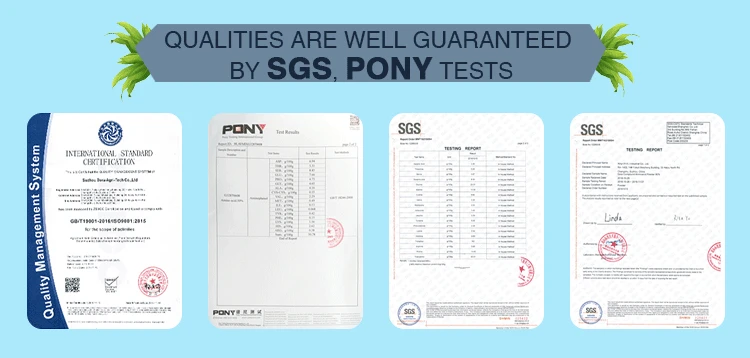
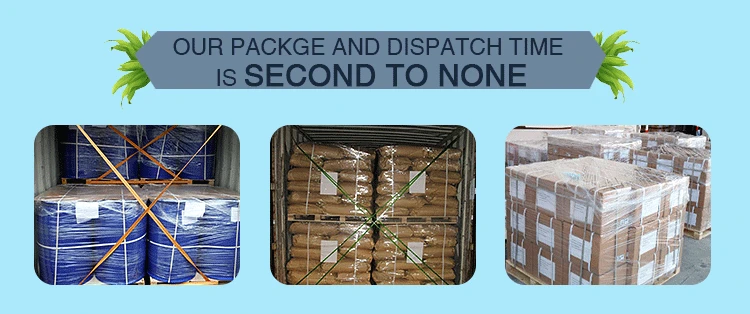
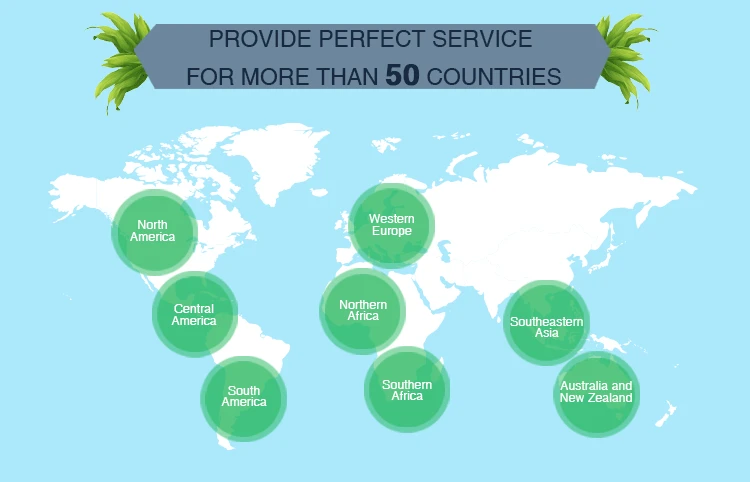

We Recommend
New Arrivals
New products from manufacturers at wholesale prices
